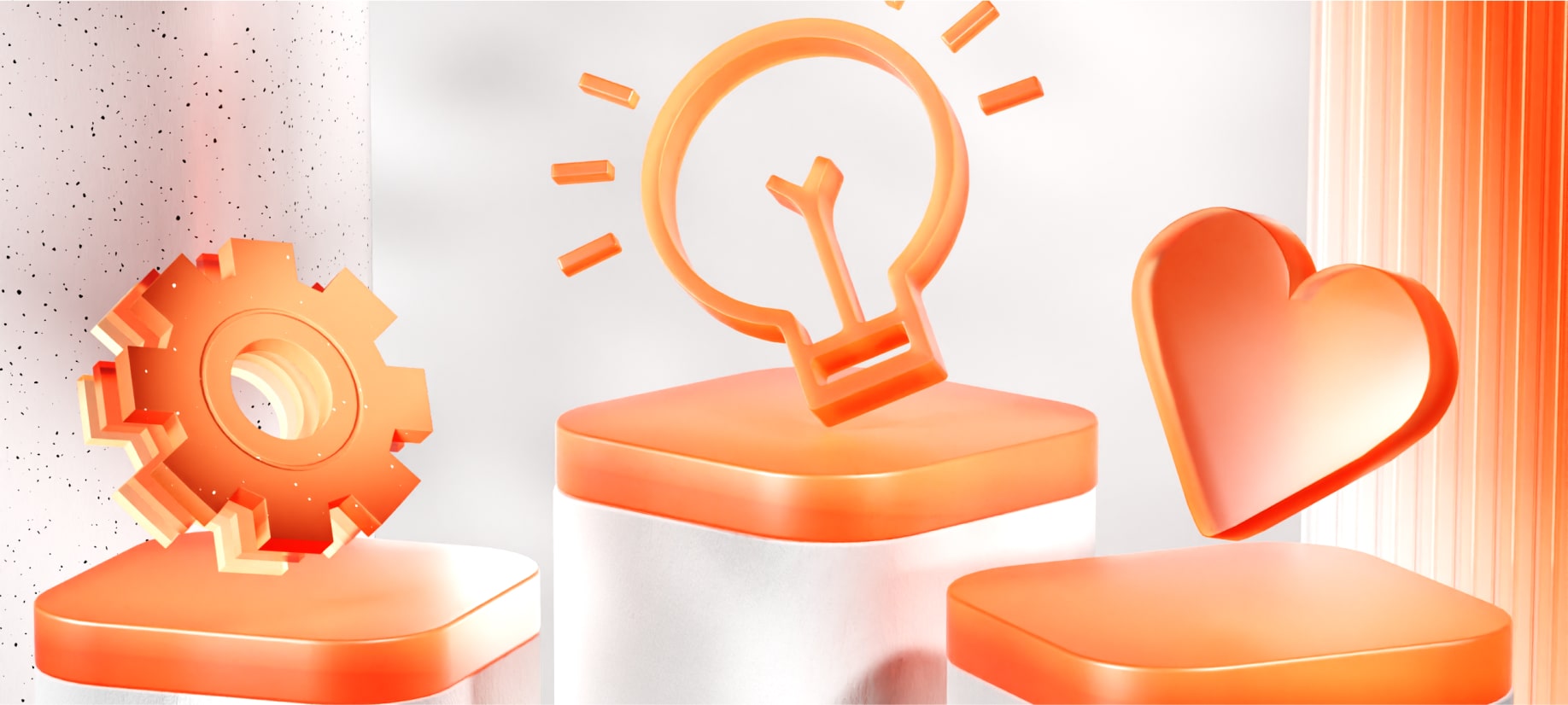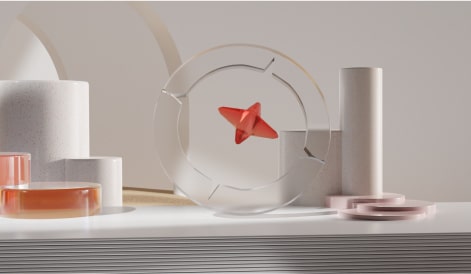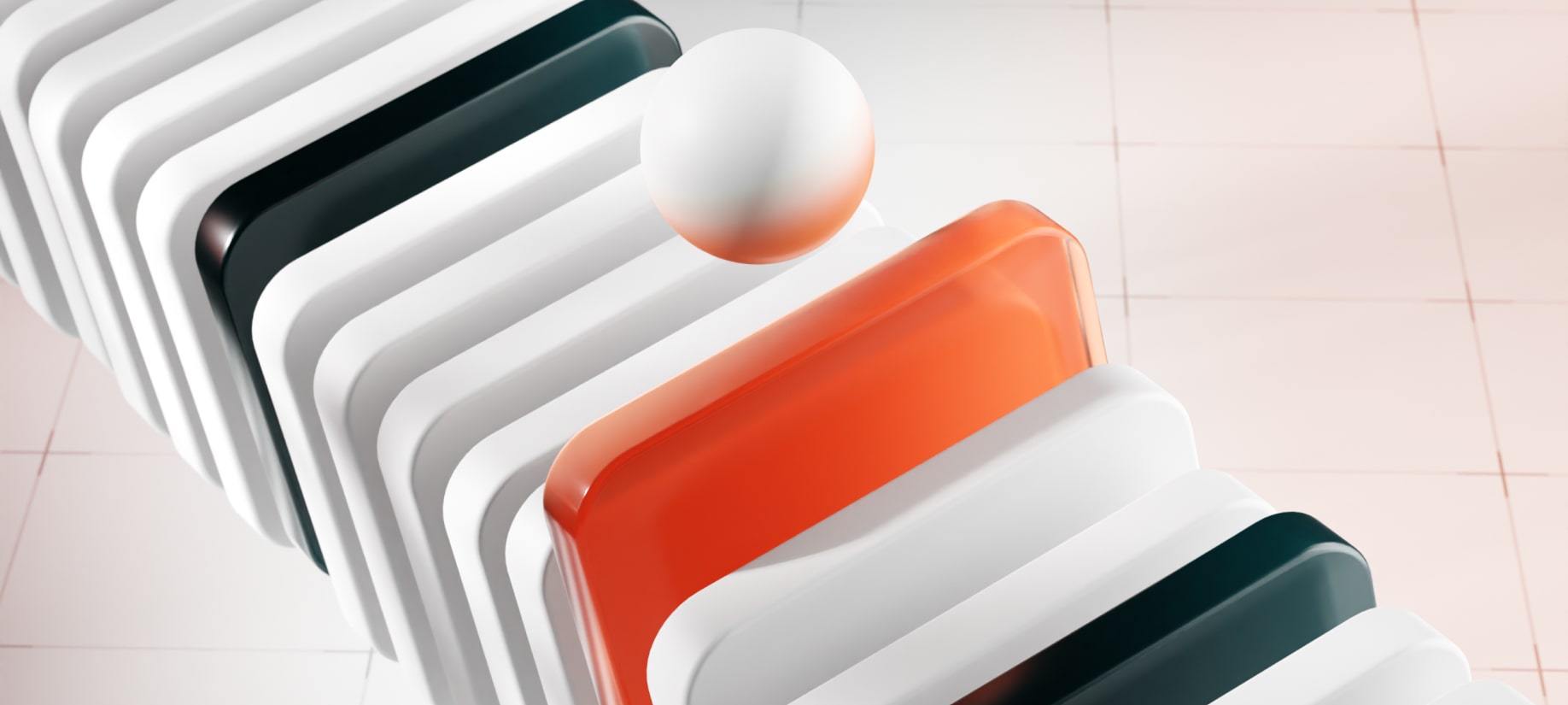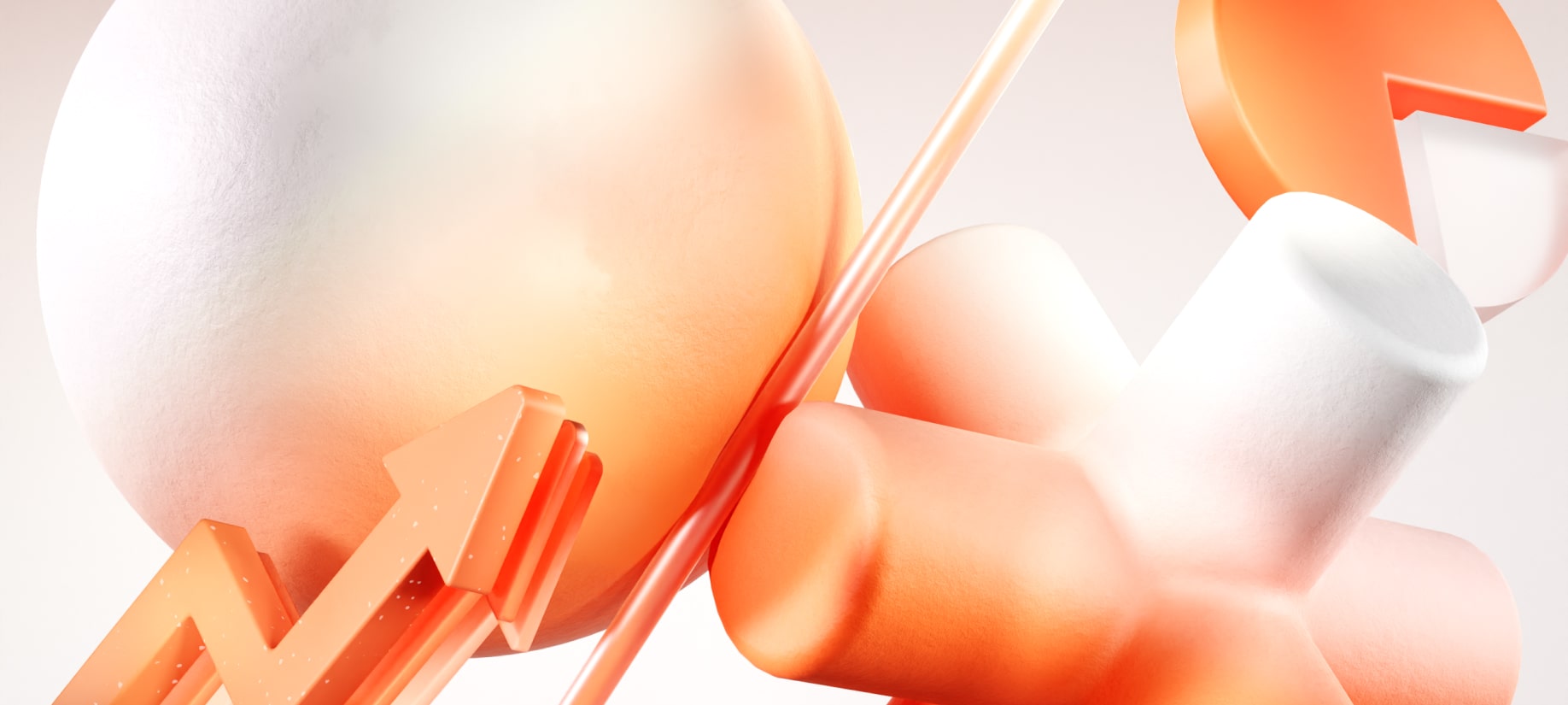Discover how startups can integrate AI in UX/UI design to enhance user experiences and streamline design processes.
Has your startup started adopting innovative technologies such as Artificial Intelligence? AI is transforming UX/UI design, offering tools and methodologies that enhance user experiences and streamline design processes. In this article we explore how startups can effectively leverage AI in their design strategies.
The Role of AI in UX/UI Design
AI is reshaping UX/UI design by automating tasks, providing data-driven insights, and enabling personalized user experiences. Key applications include:
- Automated Design Assistance: AI-powered tools can automate repetitive design tasks, allowing designers to focus on creativity and strategy. For instance, Adobe’s Sensei uses AI to automate processes like photo cropping and color optimization.
- Predictive Analytics: AI analyzes user behavior to predict preferences, enabling designers to create more intuitive interfaces.
- Personalization: AI enables real-time personalization, adjusting content and interface elements to individual user needs, enhancing engagement and satisfaction.
Benefits of Integrating AI in Design for Startups
- Enhanced Efficiency: AI automates routine tasks, reducing time and effort, and allowing designers to focus on strategic aspects.
- Improved User Engagement: By analyzing user data, AI helps create personalized experiences, increasing user engagement and loyalty.
- Data-Driven Decision Making: AI provides insights into user behavior, guiding design decisions to better meet user expectations.
- Scalability: AI tools can handle large datasets, making it easier for startups to scale their design processes as they grow.
Implementing AI in Your Design Process
To effectively incorporate AI into your UX/UI design:
- Select Appropriate Tools: Choose AI-powered design tools that align with your project needs. For example, Figma’s “First Draft” feature assists in generating design components based on user inputs.
- Focus on User-Centric Design: Ensure AI applications enhance the user experience by providing value and improving usability.
- Stay Informed: Keep abreast of AI advancements in design to leverage new tools and methodologies effectively.
Challenges and Considerations
While AI offers numerous benefits, startups should be mindful of potential challenges:
- Data Privacy: Ensure user data is handled responsibly, complying with privacy regulations.
- Over-Reliance on Automation: Balance AI automation with human creativity to maintain originality in design.
- Ethical Considerations: Be aware of biases in AI algorithms and strive for inclusive design practices.
Top 10 AI Tools for Designers in 2024: Features, Benefits, and Pricing
Below is a list of the 10 most widely used AI tools for designers, including their functionalities, benefits, and pricing information.
1. Designs.ai
Description: A comprehensive platform that uses AI to assist with various design tasks, including logo creation, video production, banners, and mockups.
Benefits:
- All-in-one design solution
- Fast and efficient creation of professional visual materials
Pricing: Free 7-day trial; paid plans start at $19/month.
2. Adobe Sensei
Description: Integrated into Adobe Creative Cloud, Adobe Sensei uses AI and machine learning to automate tasks like object selection, pattern recognition, and image enhancement.
Benefits:
- Speeds up workflows by automating repetitive tasks
- Enhances productivity for creative professionals
Pricing: Included in Adobe Creative Cloud subscriptions, starting at $52.99/month.
3. AutoDraw
Description: Developed by Google, AutoDraw is a free AI-powered tool that transforms rough sketches into professional-looking drawings by predicting user intentions.
Benefits:
- Ideal for quick prototyping
- Helps users with limited drawing skills visualize their ideas
Pricing: Free.
4. Uizard
Description: Converts hand-drawn sketches into digital prototypes for apps and websites, helping designers transition from concept to digital design.
Benefits:
- Speeds up the prototyping process
- Allows designers and developers to create functional prototypes effortlessly
Pricing: Free plan available; paid plans start at $12/month.
5. Khroma
Description: AI-powered tool that generates personalized color schemes based on user preferences.
Benefits:
- Helps designers find harmonious color palettes quickly
- Ensures visual consistency across projects
Pricing: Free.
6. Remove.bg
Description: Automatically removes backgrounds from images, identifying the main subject and isolating it with AI.
Benefits:
- Saves time in image editing
- Produces professional-quality cutouts instantly
Pricing: Free version with limited resolution; paid plans start at €9/month.
7. Canva with Magic Studio
Description: Canva’s Magic Studio integrates AI-powered features like Magic Design, Magic Edit, and Magic Write to assist with design, image editing, and text generation.
Benefits:
- Simplifies design creation, making it accessible to beginners
- Accelerates content creation for visual and textual materials
Pricing: Free version available; Canva Pro starts at $12.99/month.
8. Let’s Enhance
Description: Uses AI to upscale images up to 16 times without losing quality, enhancing details, textures, and edges.
Benefits:
- Allows low-resolution images to be used in high-quality projects
- Maintains sharpness and detail
Pricing: Free plan available; paid plans start at $9/month.
9. Fontjoy
Description: AI-powered tool that helps designers find balanced font pairings by suggesting typeface combinations based on contrast and similarity.
Benefits:
- Simplifies the selection of harmonious typography
- Ensures visual consistency in design projects
Pricing: Free.
10. Midjourney
Description: AI-powered tool that generates images from text prompts, allowing designers to create unique illustrations and visual concepts.
Benefits:
- Assists in idea generation and visual concept development
- Provides inspiration and AI-generated material for design projects
Pricing: Paid plans start at $10/month.
FAQ
How can AI improve the UX/UI design process for startups?
AI enhances the UX/UI design process by automating repetitive tasks, providing data-driven insights, and enabling personalized user experiences. This allows designers to focus on strategic and creative aspects, ultimately improving efficiency and innovation in startup design projects.
What are some AI-powered tools suitable for UX/UI design?
Tools like Adobe Sensei and Figma’s “First Draft” feature are excellent examples of AI-powered design tools. These tools assist in automating design tasks and generating design components based on user inputs, streamlining the design process and enhancing productivity.
What challenges should startups be aware of when integrating AI into design?
Startups should be mindful of several challenges when integrating AI into design. These include ensuring data privacy, avoiding over-reliance on automation, and addressing ethical considerations such as potential biases in AI algorithms. Balancing AI assistance with human oversight is crucial for successful integration.
How does AI enable personalization in UX/UI design?
AI enables personalization in UX/UI design by analyzing user behavior and preferences to adjust content and interface elements in real-time. This creates tailored user experiences that enhance engagement and satisfaction, making interactions more relevant and enjoyable.
Can AI replace human designers in the UX/UI design process?
While AI can automate certain tasks and provide valuable insights, human creativity and strategic thinking remain essential in the UX/UI design process. AI serves as a powerful tool to augment and support human designers, rather than replacing them, by handling repetitive tasks and offering data-driven recommendations.




